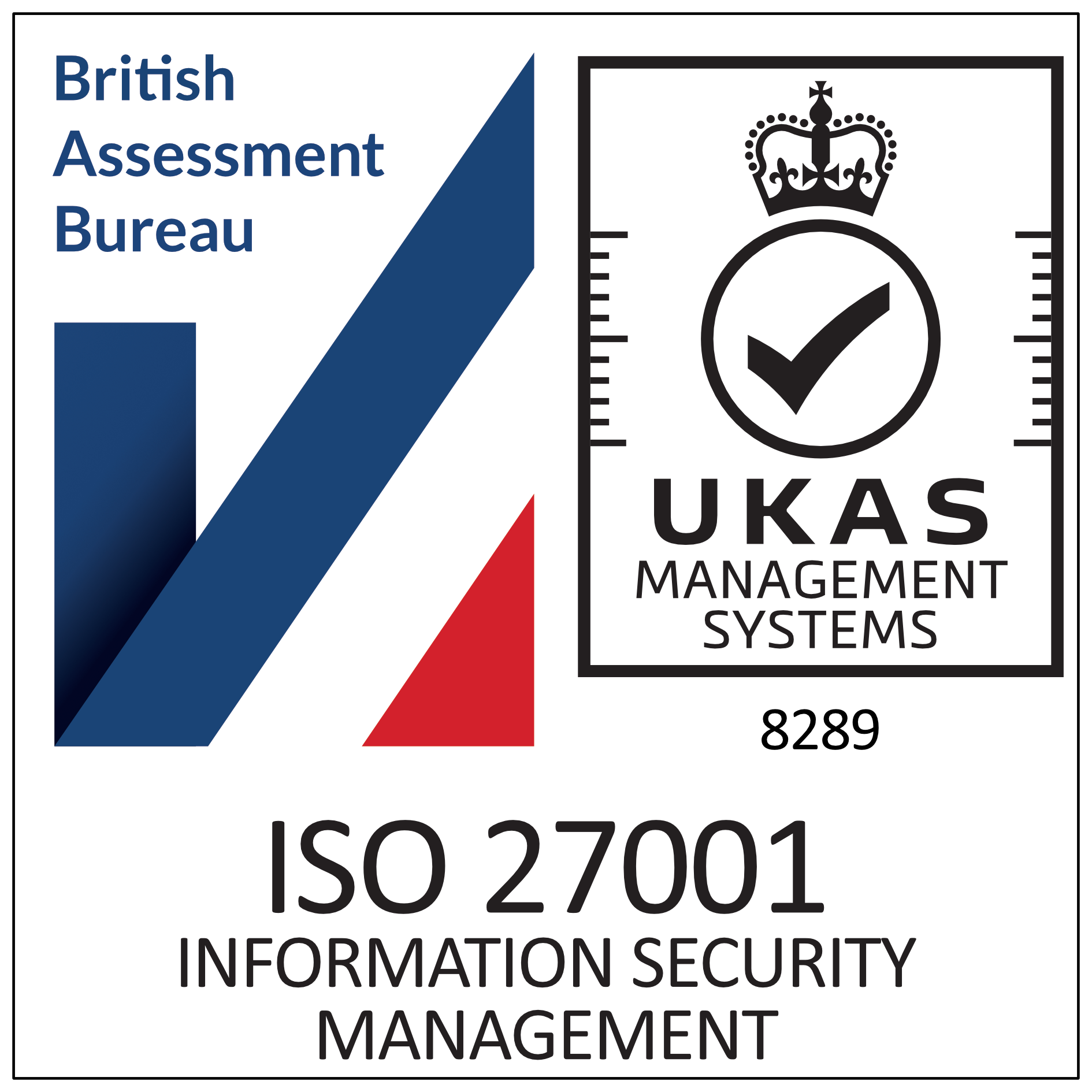Damp and Mould Guidance Note
This Guidance Note: Damp and Mould is intended for use by landlords and their agents. It provides an overview of damp and mould issues in residential tenancies, outlines the relevant legal standards, and details procedures for addressing tenant reports, along with key steps for ensuring compliance with applicable laws and regulations.
Awaab's Law And Damp And Mould Standards
In December 2020, 2-year-old Awaab Ishak tragically died from a severe respiratory infection caused by prolonged exposure to damp and mould in his home. In response, Awaab’s Law was introduced as part of the Social Housing (Regulation) Act 2023, requiring social landlords to investigate and resolve damp and mould issues within a set timeframe. The government also issued a guidance titled Understanding and addressing the health risks of damp and mould in the home - GOV.UK (external link).
Awaab’s Law will come into effect in phases starting from October 2025, when social landlords will have to address damp and mould hazards within a fixed timescale. For emergency repairs, social landlords will be required to address these within 24 hours. The second phase is expected in 2026, broadening the range of hazards. In 2027, it is expected that Awaab’s Law will be extended to the Housing Health and Safety Rating System (HHSRS) .
The government has proposed expanding Awaab’s Law to the private rented sector through The Renters’ Rights Bill, alongside the introduction of a new Decent Homes Standard and improved Minimum Energy Efficiency Standards.
Additional Landlord Obligations Relating To Damp And Mould
Both private and social landlords must comply with a number of laws and regulations under The Housing Act 2004, Homes (Fitness for Human Habitation) Act 2018, The Landlord and Tenant Act 1985, and The Energy Efficiency (Private Rented Property) (England and Wales) Regulations 2015. Additionally, social landlords must comply with the Social Housing (Regulation) Act 2023, and the Decent Homes Standard.
Guidance On Damp And Mould
The Guidance Note explores damp, condensation and mould, the laws and regulations landlords must comply with, and steps on supporting vulnerable tenants and dealing with reports of damp and mould. The Guidance Note also considers the range of powers available to local councils for enforcement and proactive steps landlords can take to address damp and mould.
It is important for landlords to address any issues concerning damp and mould promptly with tenants. Landlords can use the Damp and Mould Information Letter to Tenant and Tenant Letter: Maintaining Your Property in Winter to help tenants understand the issues with damp and mould and to provide guidance on minimising the risk of these in their property.
If landlords receive a complaint about damp and mould they must take steps to urgently address this and seek access to inspect the property, this can be done using the Letter to Residential Tenant Requesting Access to Carry Out a Damp and Mould Inspection.
If a landlord is required to undertake works at property the following letters can assist with work and post work access and inspection requests - Letter to Residential Tenant Requesting Access to Carry Out Damp and Mould Works and Letter to Residential Tenant Requesting Access to Carry Out a Post Works Damp and Mould Inspection.
Once you have purchased access to the appropriate document folder click on the “Download Document” button below. You will be asked what you want to do with the file. It is recommended that you save the document to a location of your choice prior to viewing.
Damp and Mould Guidance Note is part of Property. Just £38.50 + VAT provides unlimited downloads from Property for 1 year.


